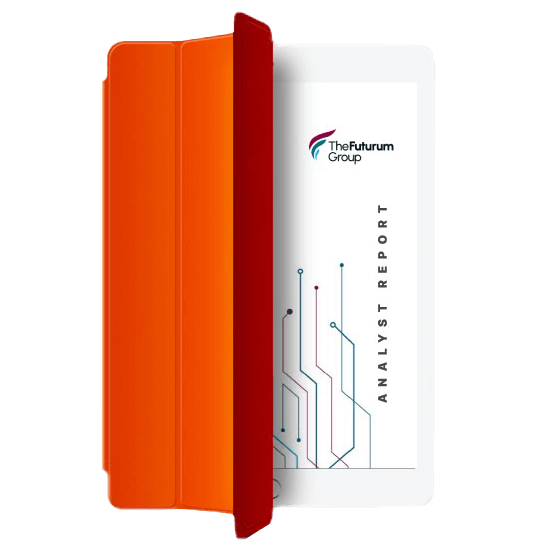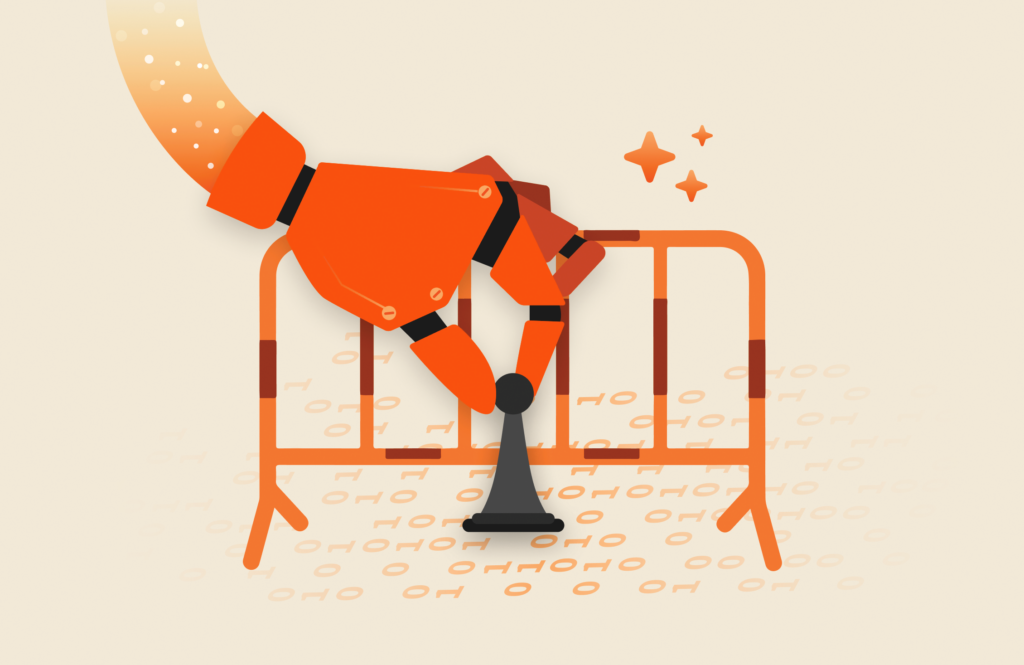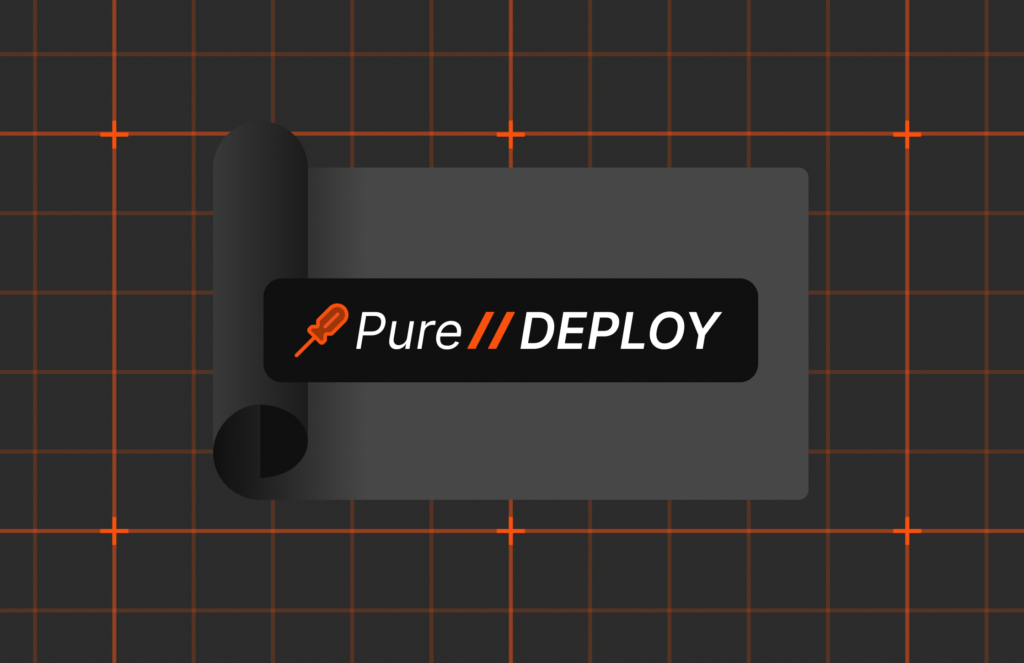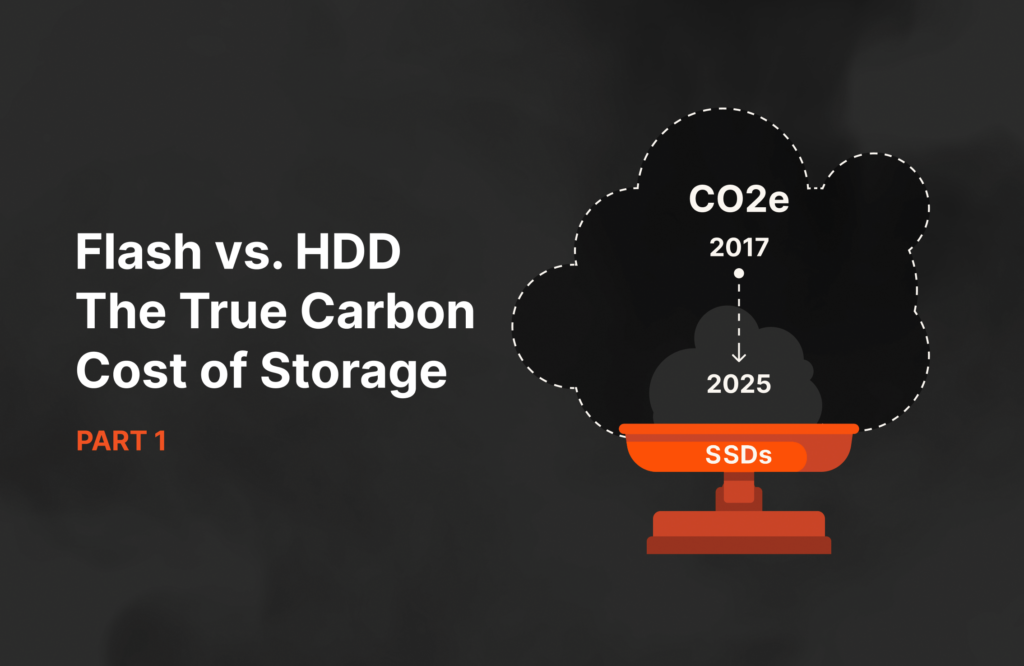Everyone deserves access to data. That’s a message highlighted by Global Accessibility Awareness Day (GAAD), which is held in May, and this month’s Disability Pride Month, which commemorates the passage of the Americans with Disabilities Act (ADA) in July 1990. So it’s a good time to talk up the need for greater accessibility for data and insights.
Data is supposed to be an enabler: of insights, success, research, you name it. It’s also behind improved digital accessibility: web-based content, services, and products that are accessible to those with disabilities, whether it’s cognitive, visual, hearing, or motor. Generative AI is making strides in digital accessibility possible, and the results are pretty exciting.
Keep in mind that data accessibility is for many more people than those living with lifetime disabilities. At many points in our lives, often owing to illness or medical procedures, we may face temporary or chronic disabilities that interfere with our ability to access data. At these times, accessibility tools are a godsend.
How Accessible Data Enables Better Digital Accessibility
GAAD was created to get people talking, thinking, and learning about digital access and inclusion. But there are many ways to think about accessibility—most commonly, as GAAD highlights, the need to adapt technology tools to people with different abilities.
And there’s definitely a need. Consider this: Less than four percent of the top million websites globally are considered accessible to individuals who have disabilities.
Data processing lends a hand in creating accessible technology. With this AI and natural language processing, we can build systems to convert text to speech and offer faster, more accurate closed captioning. Computer vision can improve how images are processed and described, creating more meaningful text descriptions for the visually impaired. Adaptive hardware will allow the motor impaired to use eye movements to navigate on their devices. And the list goes on.
The AI models behind this (and the data they’re trained on) will enable these technologies to get smarter over time.
With Generative AI, Fast and Accurate Captioning, Along With Personalized Prosthetics
Generative AI, which is a subset of AI built on large learning models (LLMs) has been evolving nonstop so far this year, breaking down barriers to AI adoption like never before. While AI and data in general are helping people living with disabilities access information, generative AI takes the benefits a step further—generating captions for audio content, or providing accessible content about images. More examples of the benefits of generative AI:
- Quickly summarizing text on a page into bullets for scannability or to improve reading level
- Adding contrast or color to text for easier readability
- Transcribe videos or audio, like podcasts
- Answer queries about submitted images—for example, Be My Eyes allows people with visual impairments to snap a photo on a smartphone, upload it, and ask questions about it.
The Smart Tech-Storage Connection
As with all of these high-performance computing-based technologies, success comes down to data. Building digitally accessible experiences requires accessible data. Slow time to insights means bottlenecked AI data pipelines, which in turn means laggy tech.
These enormous wins require faster, more powerful data storage.
At Pure, we see data insights as an access issue, too. Data storage and analysis was once the province of people and organizations with very deep pockets and very complex technology. But thanks to breakthroughs in data storage and availability, this gap in accessibility across industries and segments of the economy is closing.
The trend is not just about more cost-effective solutions for data storage—it’s about features that allow data access and insights to be available beyond a small group of corporate analysts and technology administrators. Health and science research organizations, nonprofits, and NGOs have a critical need for data-crunching to generate healthcare breakthroughs, understand climate change, or address the refugee crisis—to name a few examples.
How Pure Storage Works to Be Part of the Solution
In August 2024, Pure Storage joined the Ultra Ethernet Consortium (UEC), a Linux Foundation initiative aimed at developing an open, Ethernet-based architecture to accelerate data-intensive AI and HPC applications. This collaboration is part of our commitment to building accelerate data-intensive AI and high-performance computing (HPC) applications.
Pure Storage is also working to make sure that our workforce is accessible to employees as well. These efforts have included two new partnerships. One of these is with Auticon, a leader in neurodiversity in the workplace. Auticon conducts neuroinclusion assessments, helping to identify opportunities to better support neurodivergent talent. The second is with Aubilities, a platform for supporting neurodivergent employees. Abilities will partner with our EMEA teams to drive awareness, build acceptance, and promote diversity.
Behind the Scenes: When Highly Accessible Insights Lead to Breakthroughs
We see examples every day of the benefits of greater accessibility of data storage and analytics solutions. In genomics research, where researchers will generate up to 40 exabytes of data per year by 2025, organizations performing sequencing and analysis need massive data pipelines, as well as data architecture with access for a wide range of applications and use cases.
The Australian Genome Research Facility (AGRF) provides critical genomics data services to global researchers and clinicians in the biomedical, clinical, agricultural, and environmental fields. As its data needs grew, AGRF’s legacy disk-based storage systems couldn’t meet client needs for real-time genomics data. The organization replaced its legacy disk storage with Pure Storage® FlashBlade®, reducing pre-analysis times from 18 hours to just 3 hours, and checksum processes from 10 hours to 23 minutes.
Read more: How Data Storage Can Empower STEM Leaders to Dream Big
Simplify Access to Data for Every Level of Society
GAAD notes that people with disabilities are among the most underserved by today’s digital products. One billion people worldwide have disabilities, and it’s up to the developers and technologists behind these products to improve their accessibility. We’re making big strides, and the power of generative AI is only just getting started.
A student in a dorm room, a startup focusing on wildlife conservation—whatever the data needs, there’s a wide swath of people and organizations that deserve the benefit of easier access to data. As the state of the art of data storage and analysis improves, breakthroughs and insights will proliferate, and we will all benefit.t deserve the benefit of easier access to data. As the state of the art of data storage and analysis improves, breakthroughs and insights will proliferate, and we will all benefit.proliferate, and we will all benefit.
Written By:









